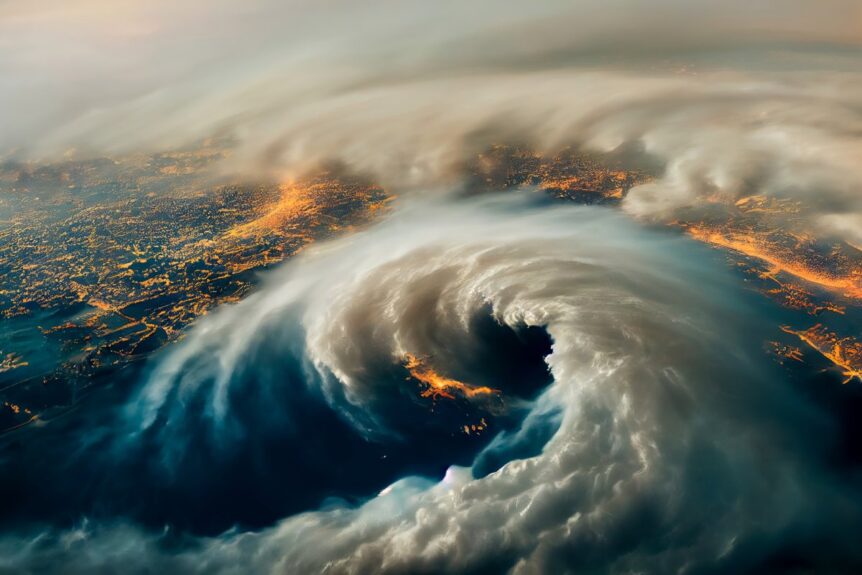Climate change is pushing the US to the brink, and the effects are more severe than you might think. From coastlines to the heartland, the impact is real and alarming. Are we ready for what’s coming?
1. Coastal Erosion: Vanishing Shorelines
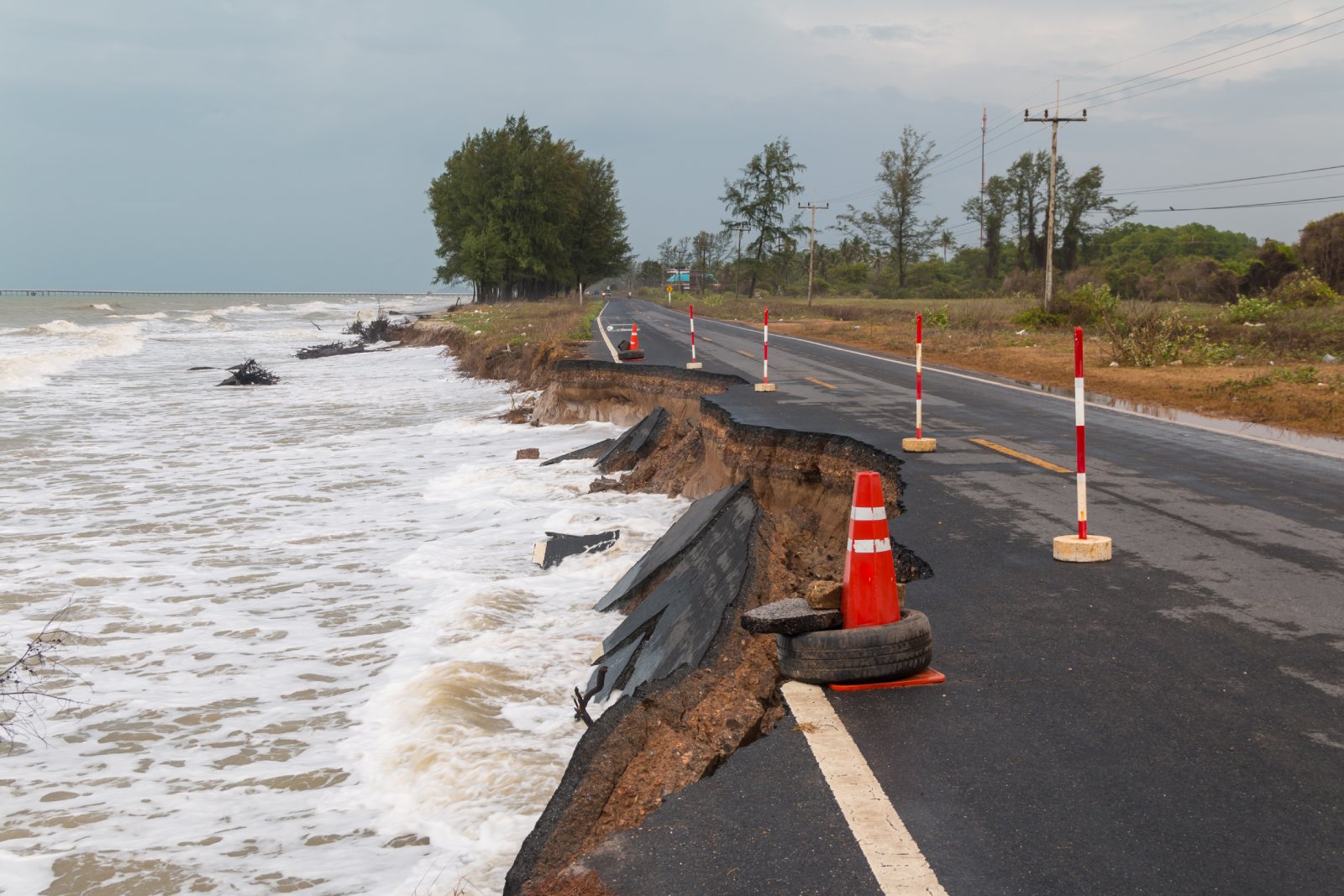
Image Credit: Shutterstock / Attapol Yiemsiriwut
Rising sea levels are accelerating coastal erosion, threatening to swallow entire coastlines. Areas like Florida and Louisiana are losing land at alarming rates, leading to property loss and habitat destruction. The accelerating pace of erosion makes coastal living increasingly risky.
2. Flooding in the Midwest: A Deluge of Problems
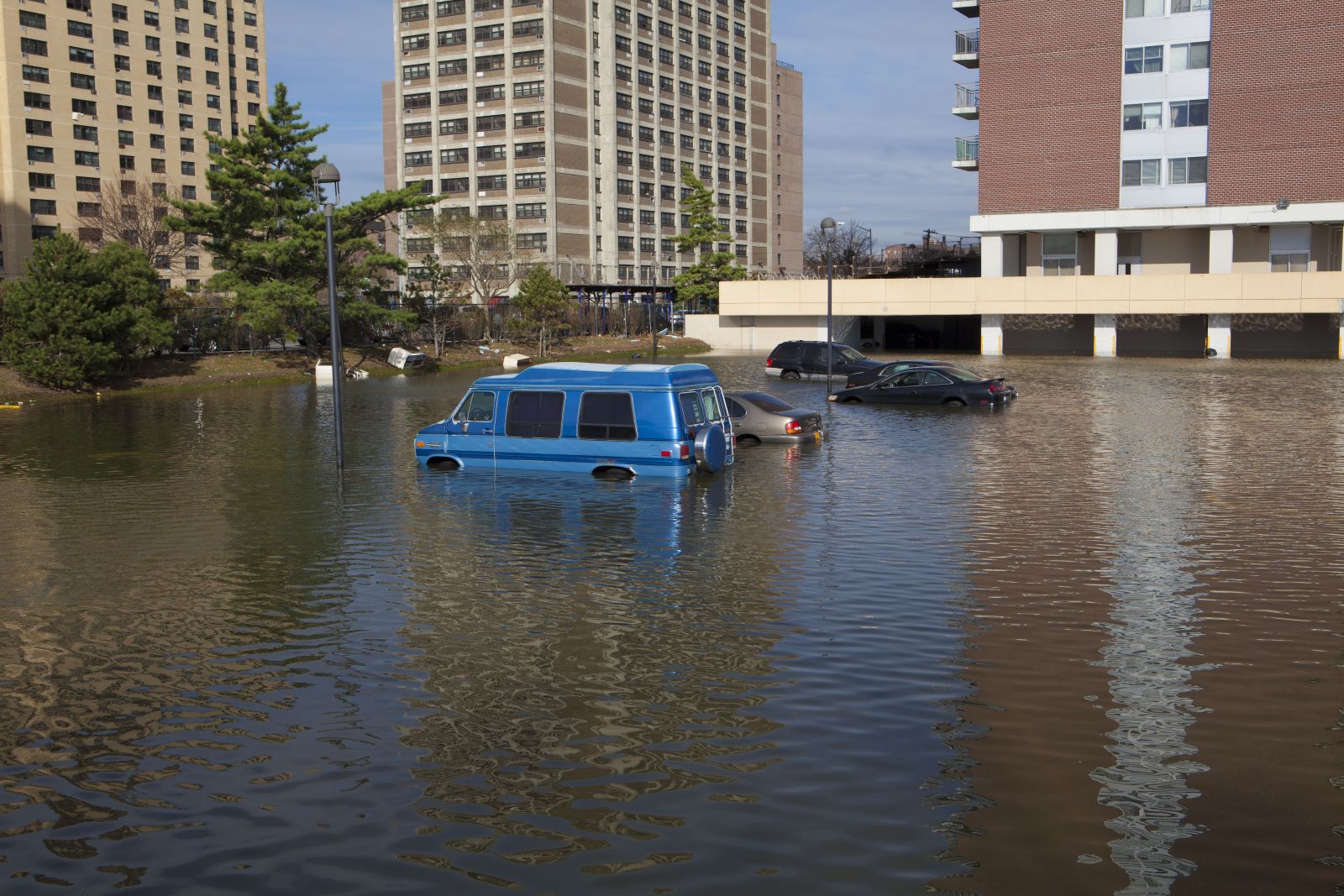
Image Credit: Shutterstock / MISHELLA
The Midwest, traditionally not known for flooding, is now facing unprecedented deluges due to increased rainfall and rising rivers. Cities like St. Louis and Chicago are experiencing severe flooding that damages infrastructure and displaces communities. This trend is exacerbated by climate change, making floods more frequent and intense.
3. Extreme Heatwaves: The Silent Killer
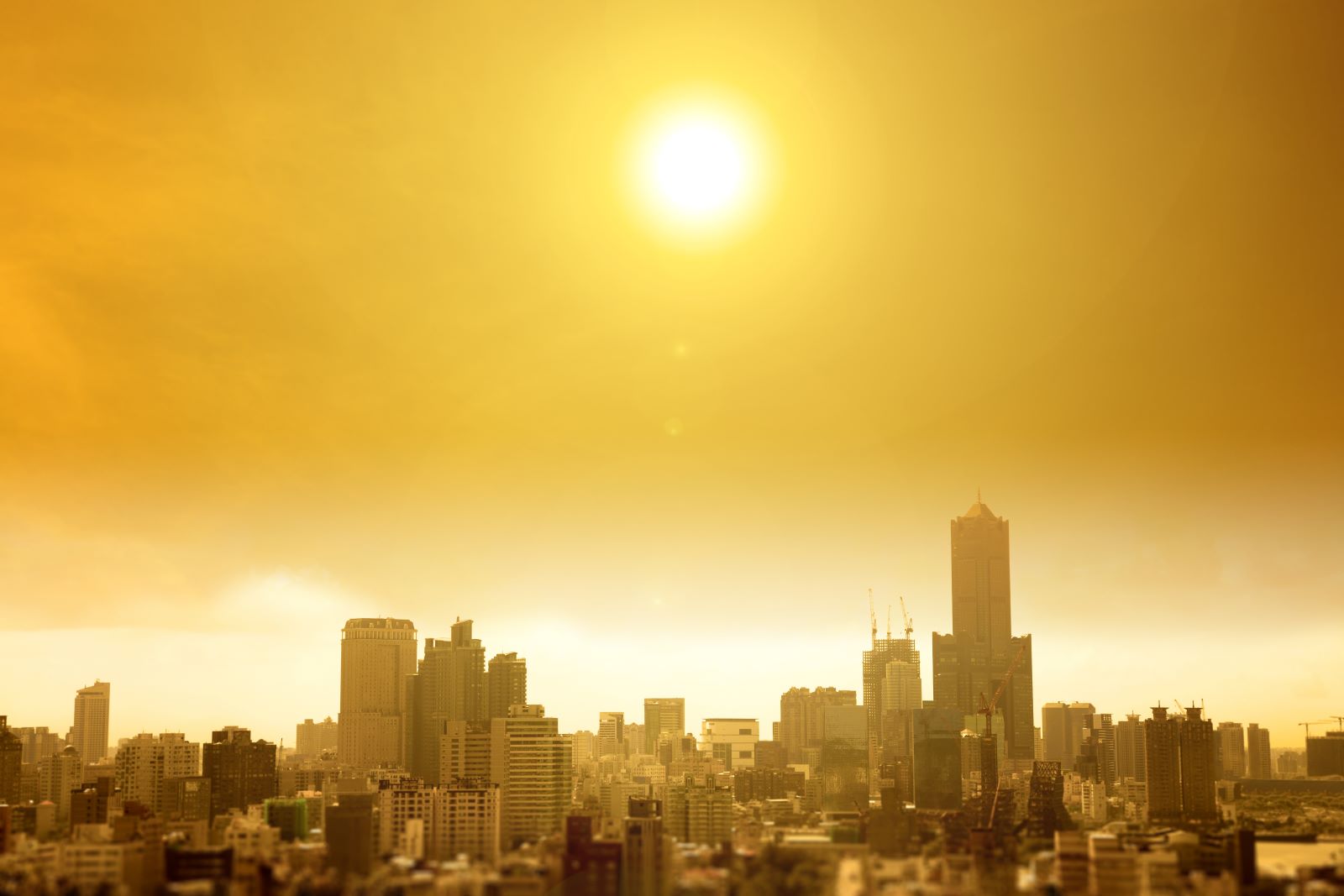
Image Credit: Shutterstock / Tom Wang
Extreme heatwaves are becoming more common and deadly across the US, affecting both coastal and inland areas. Cities like Phoenix and Dallas are facing record-breaking temperatures that threaten public health and strain energy resources. Prolonged heatwaves can lead to heatstroke, dehydration, and even death.
4. Hurricane Intensity: Stronger Storms
Climate change is increasing the intensity of hurricanes, making them more destructive. Recent storms, such as Hurricane Ida and Hurricane Katrina, have demonstrated how rising sea temperatures and atmospheric changes can fuel stronger, more devastating hurricanes. Coastal communities are at severe risk as storms become more powerful.
5. Midwest Droughts: Agricultural Crises
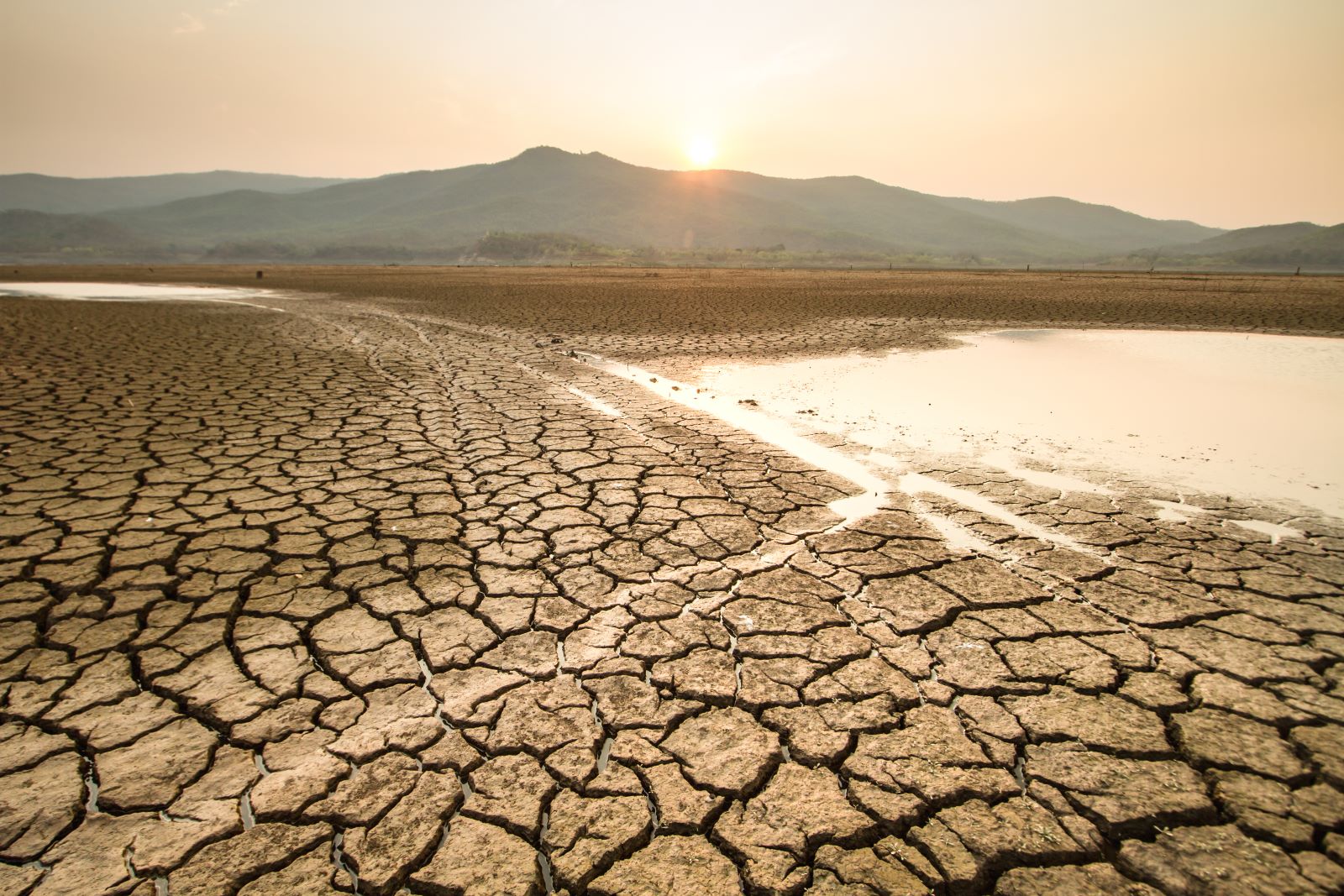
Image Credit: Shutterstock / Piyaset
The Midwest is also facing severe drought conditions that threaten agricultural production. Prolonged dry spells in states like Kansas and Nebraska are reducing crop yields and increasing water shortages. These droughts are causing economic strain on farmers and raising food prices.
6. Sea Level Rise: Inundation of Coastal Cities
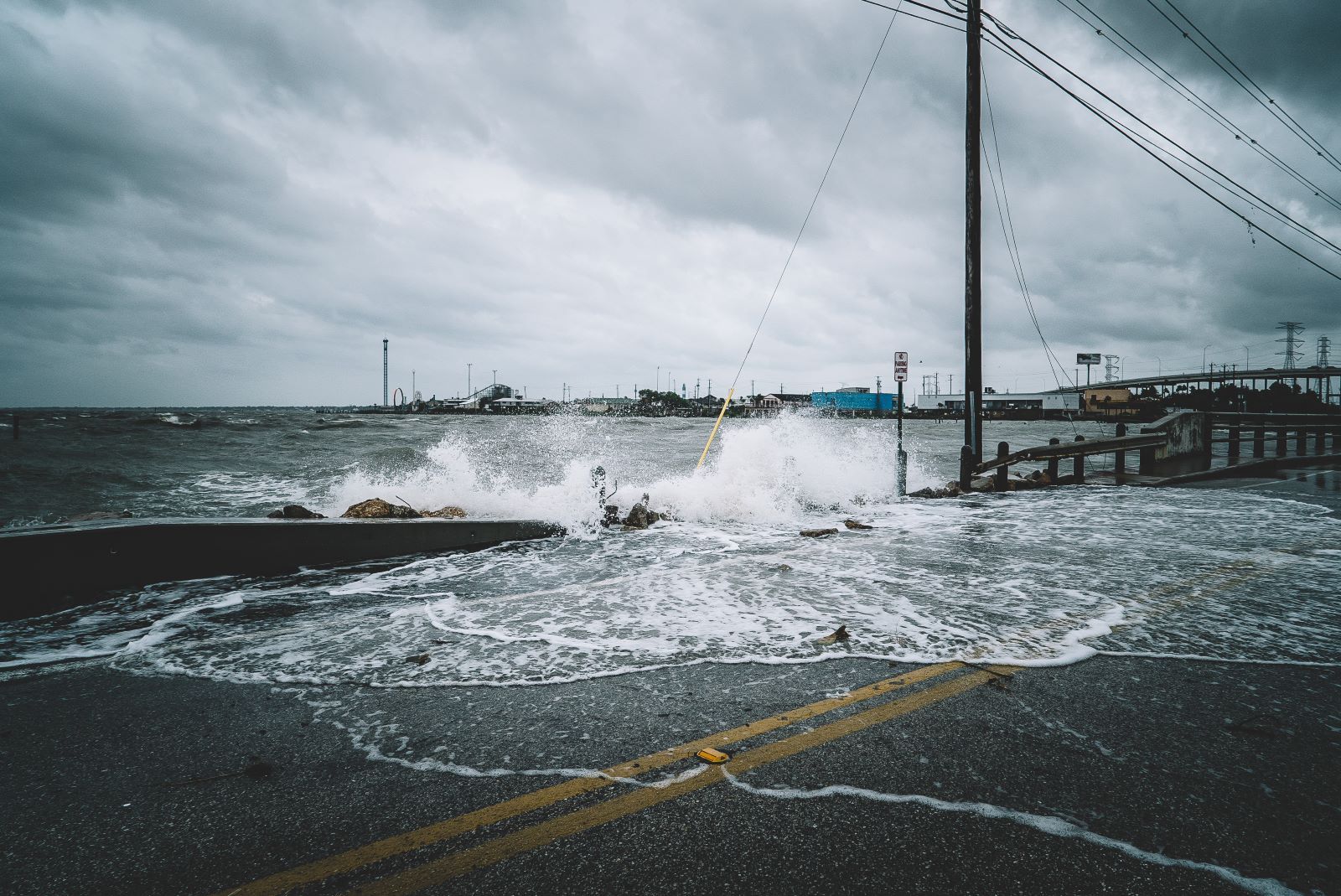
Image Credit: Shutterstock / Cire notrevo
Rising sea levels are threatening major coastal cities like Miami, New York, and San Francisco with regular flooding. As ice caps melt and oceans expand, these cities are seeing more frequent and severe high-tide flooding. Coastal infrastructure is increasingly at risk of being permanently submerged.
7. Extreme Weather Patterns: Unpredictable Storms
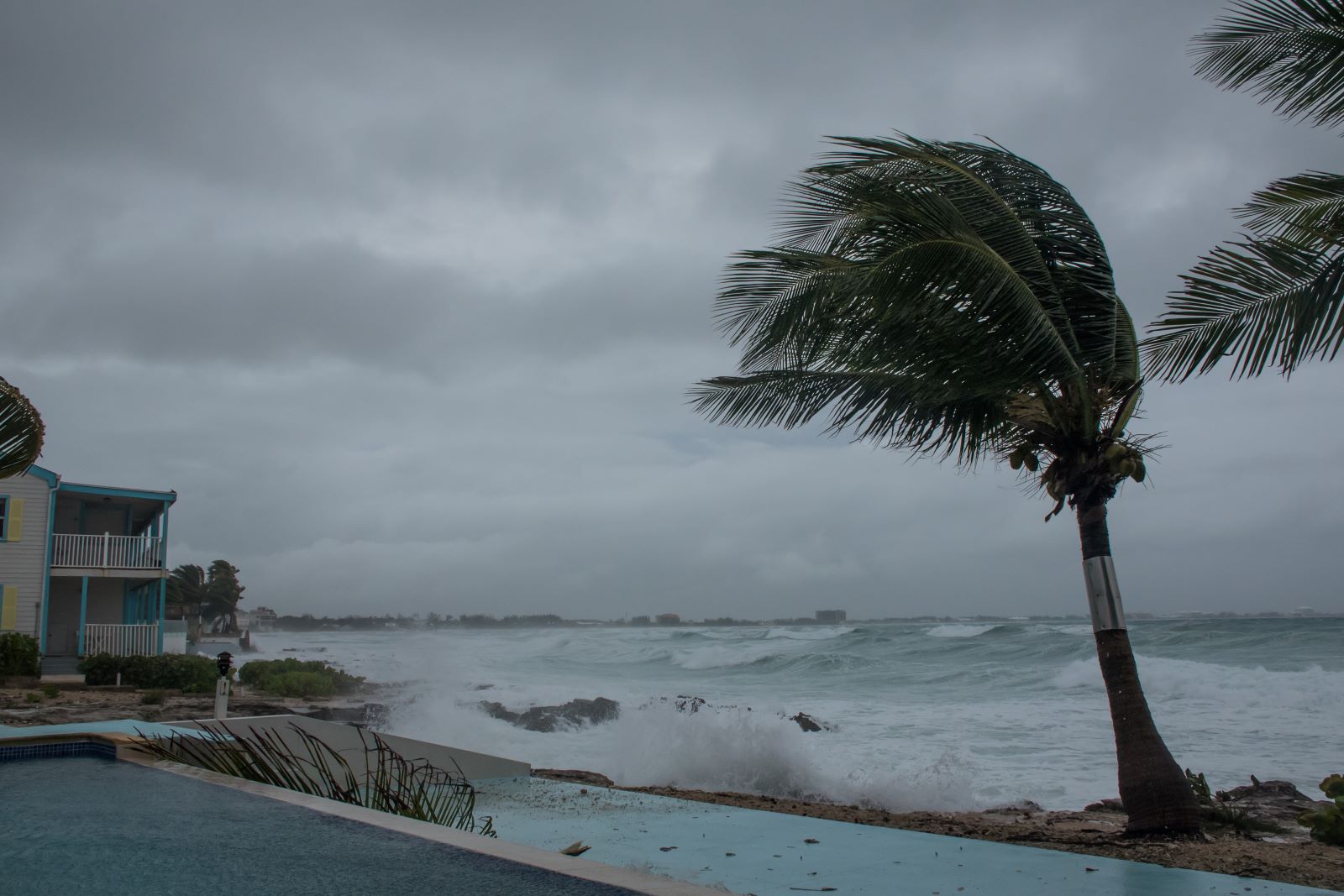
Image Credit: Shutterstock / Drew McArthur
Extreme weather patterns are becoming more erratic, making it harder to predict and prepare for severe weather events. Areas that once experienced predictable seasonal weather are now facing unexpected storms and temperature swings. This unpredictability adds a layer of danger to both daily life and disaster planning.
8. Infrastructure Damage: Costly Repairs
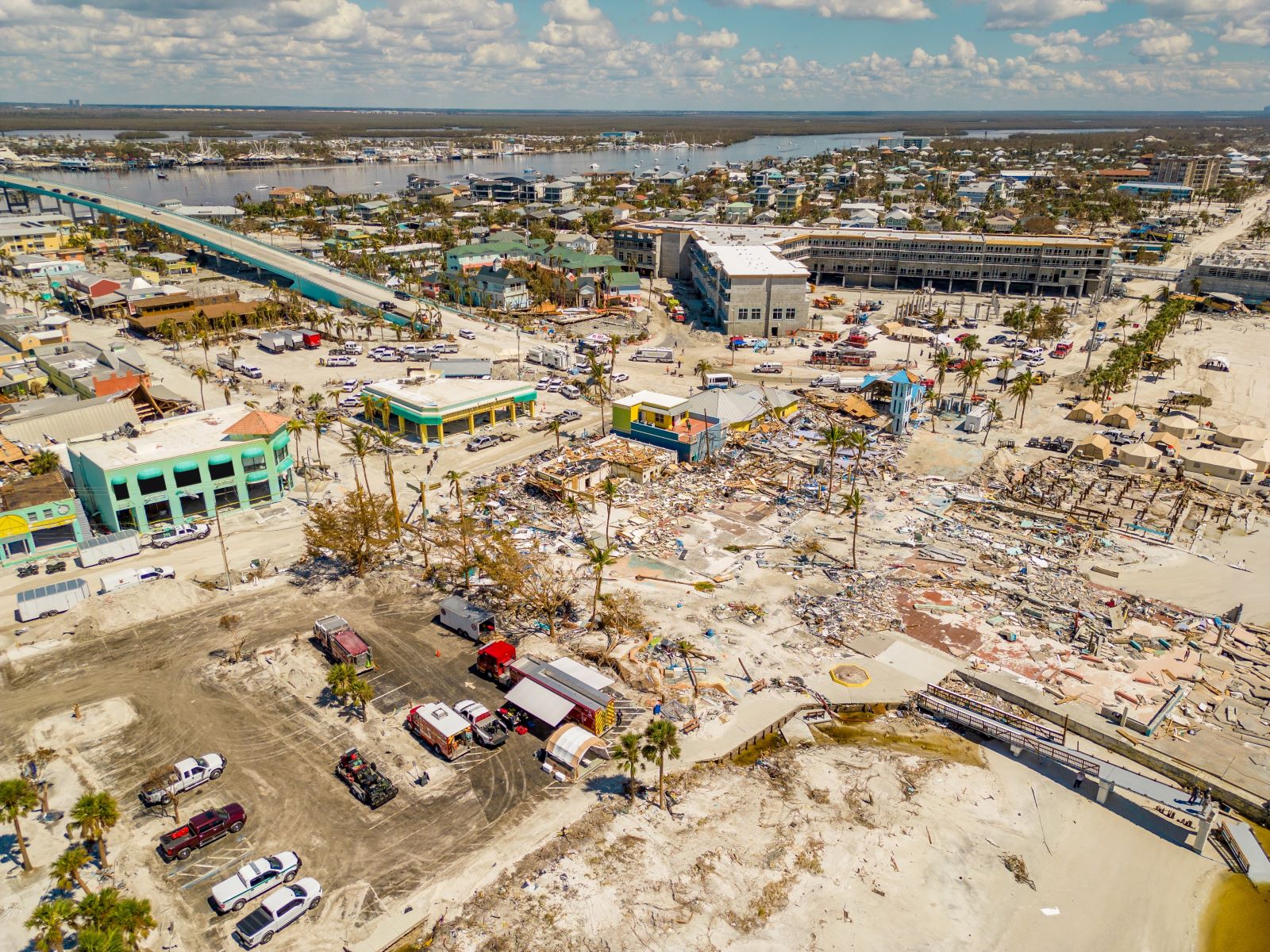
Image Credit: Shutterstock / Felix Mizioznikov
The damage to infrastructure from extreme weather events is leading to skyrocketing repair costs. Flooded roads, damaged bridges, and eroded coastlines require extensive and expensive repairs. The financial burden on cities and states is growing as they struggle to keep up with the increasing frequency of weather-related damage.
9. Threats to Freshwater Supplies: Contamination and Shortages
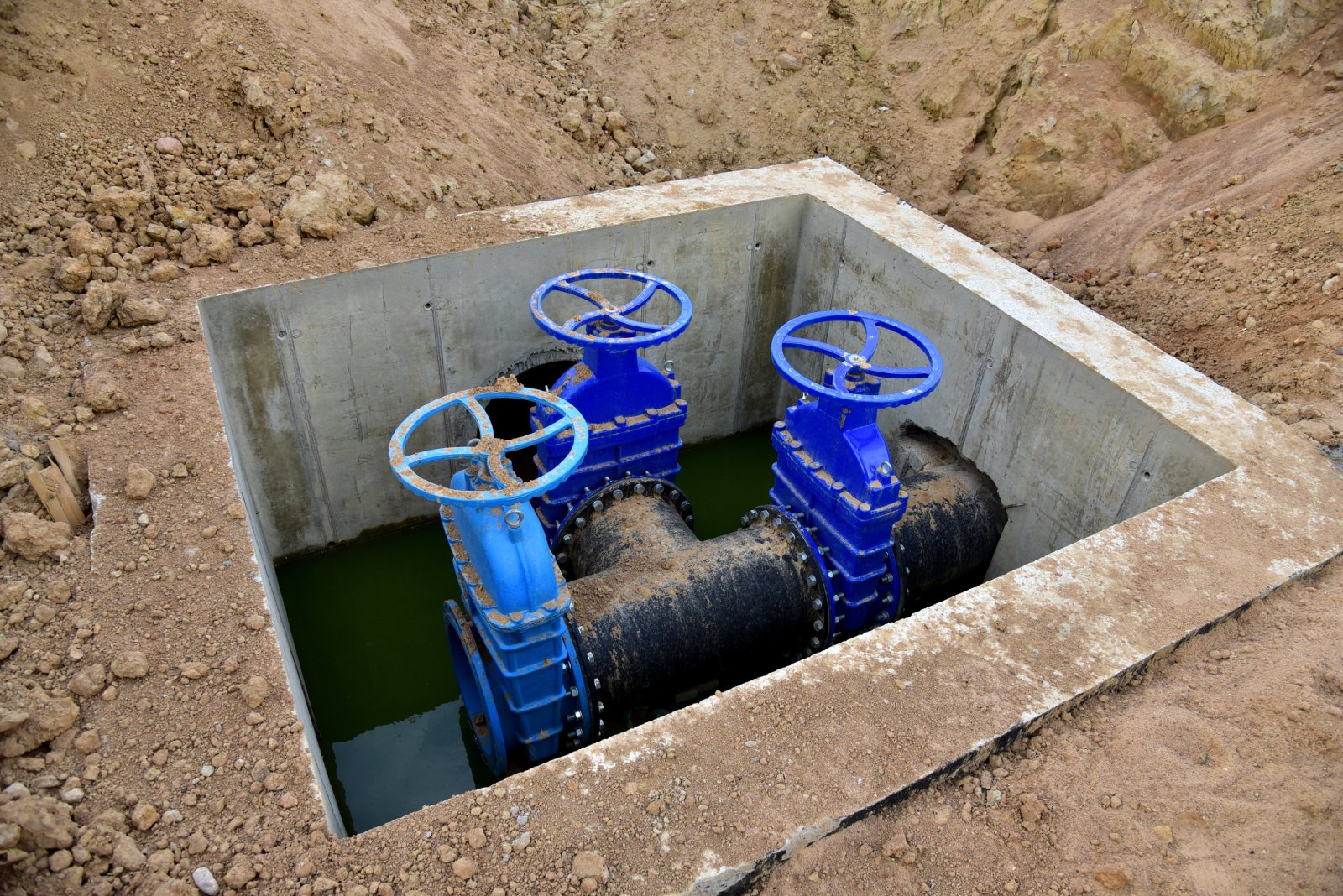
Image Credit: Shutterstock / Maksim Safaniuk
Climate change is impacting freshwater supplies by increasing the frequency of contamination and shortages. Extreme weather events can lead to water supply contamination, while droughts reduce available freshwater. This is putting stress on water resources and leading to conflicts over water access.
10. Wildfires: Expanding and Intensifying
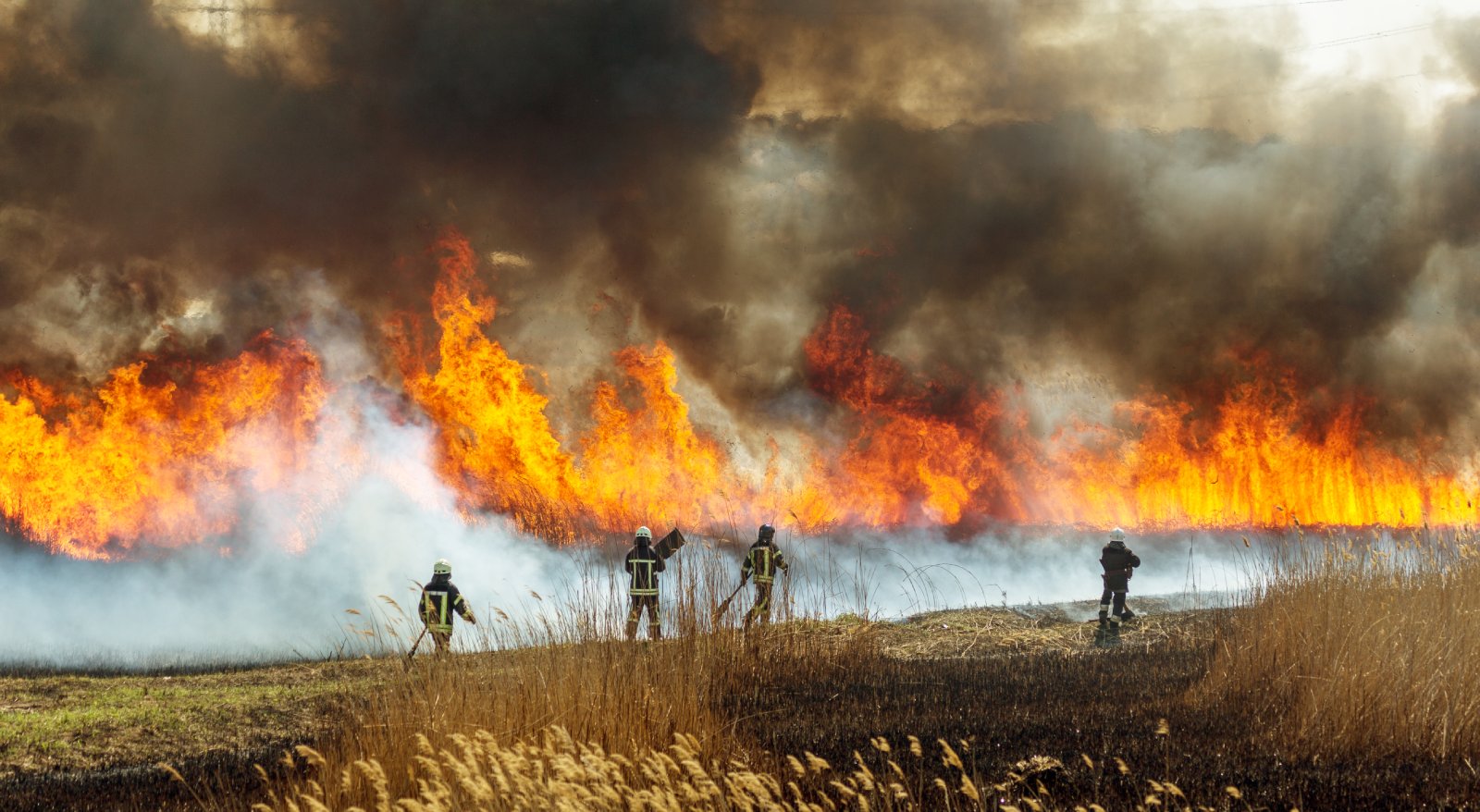
Image Credit: Shutterstock / A_Lesik
Wildfires are becoming more frequent and severe, driven by higher temperatures and prolonged dry conditions. States like California and Oregon are experiencing record-breaking fires that destroy homes and habitats. The expanding wildfire season is causing widespread environmental and economic damage.
11. Ocean Acidification: Marine Life at Risk
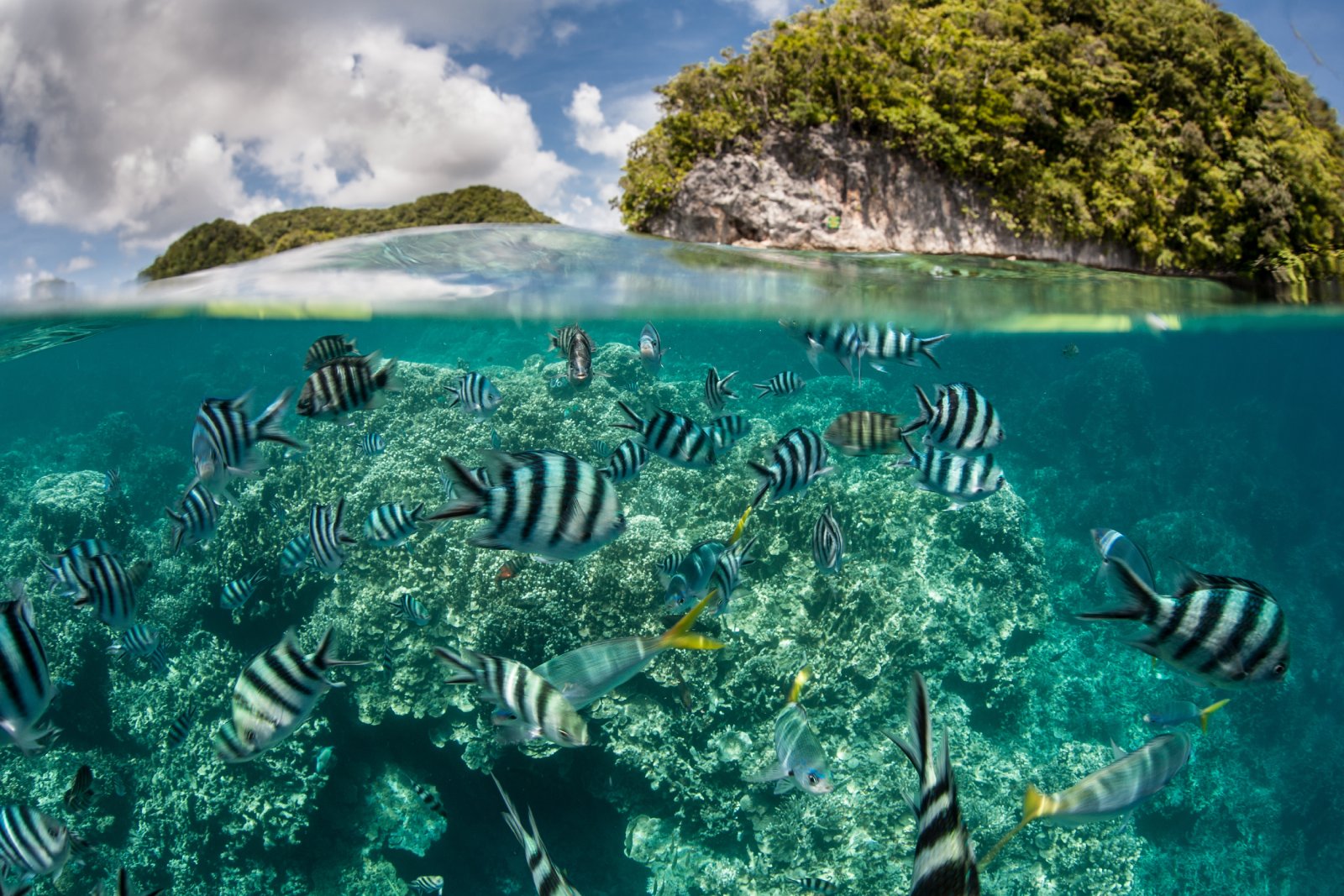
Image Credit: Shutterstock / Ethan Daniels
Ocean acidification, caused by increased CO2 levels, is threatening marine life and ecosystems. Coral reefs are dying, and shellfish populations are declining, affecting fisheries and marine biodiversity. This disruption is impacting coastal economies and food security.
12. Loss of Biodiversity: Ecosystem Collapse
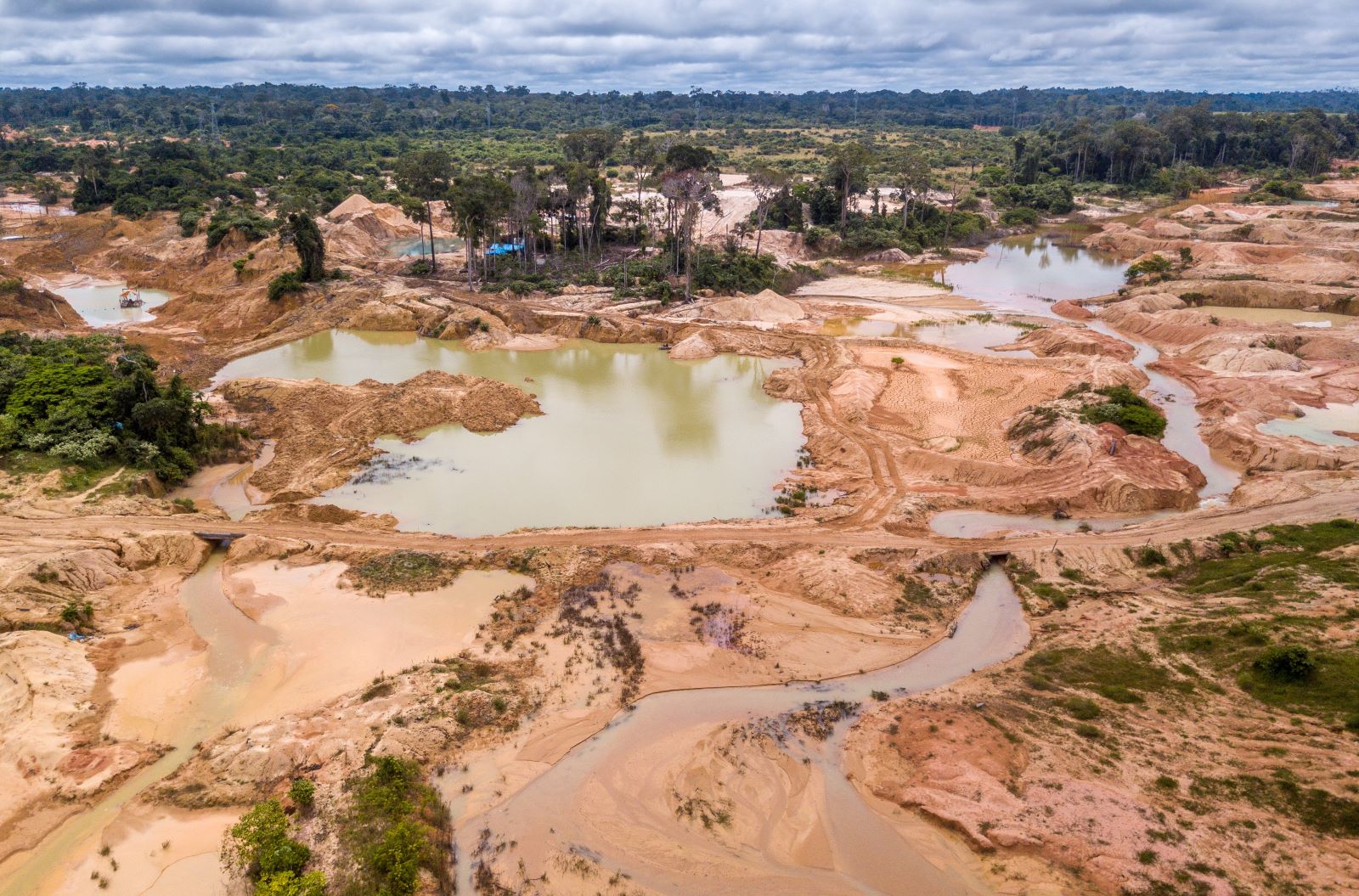
Image Credit: Shutterstock / PARALAXIS
Climate change is leading to significant loss of biodiversity, disrupting ecosystems across the US. Species that cannot adapt or migrate face extinction, which affects food chains and ecosystem health. The decline in biodiversity has cascading effects on both natural environments and human activities.
13. Property Insurance Crisis: Rising Costs and Denials

Image Credit: Shutterstock / Sutthiphong Chandaeng
The rising frequency of extreme weather is causing property insurance costs to skyrocket and coverage to become more difficult to obtain. Homeowners in high-risk areas are facing higher premiums or denial of coverage, adding financial stress to those already impacted by climate change.
14. Economic Impacts: Increasing Costs of Climate Adaptation

Image Credit: Shutterstock / Summit Art Creations
The economic impacts of climate change are substantial, with increasing costs for adaptation and disaster response. Cities and states are investing heavily in infrastructure improvements and climate resilience projects to cope with extreme weather, straining budgets and resources.
15. Displacement of Communities: Rising Relocations
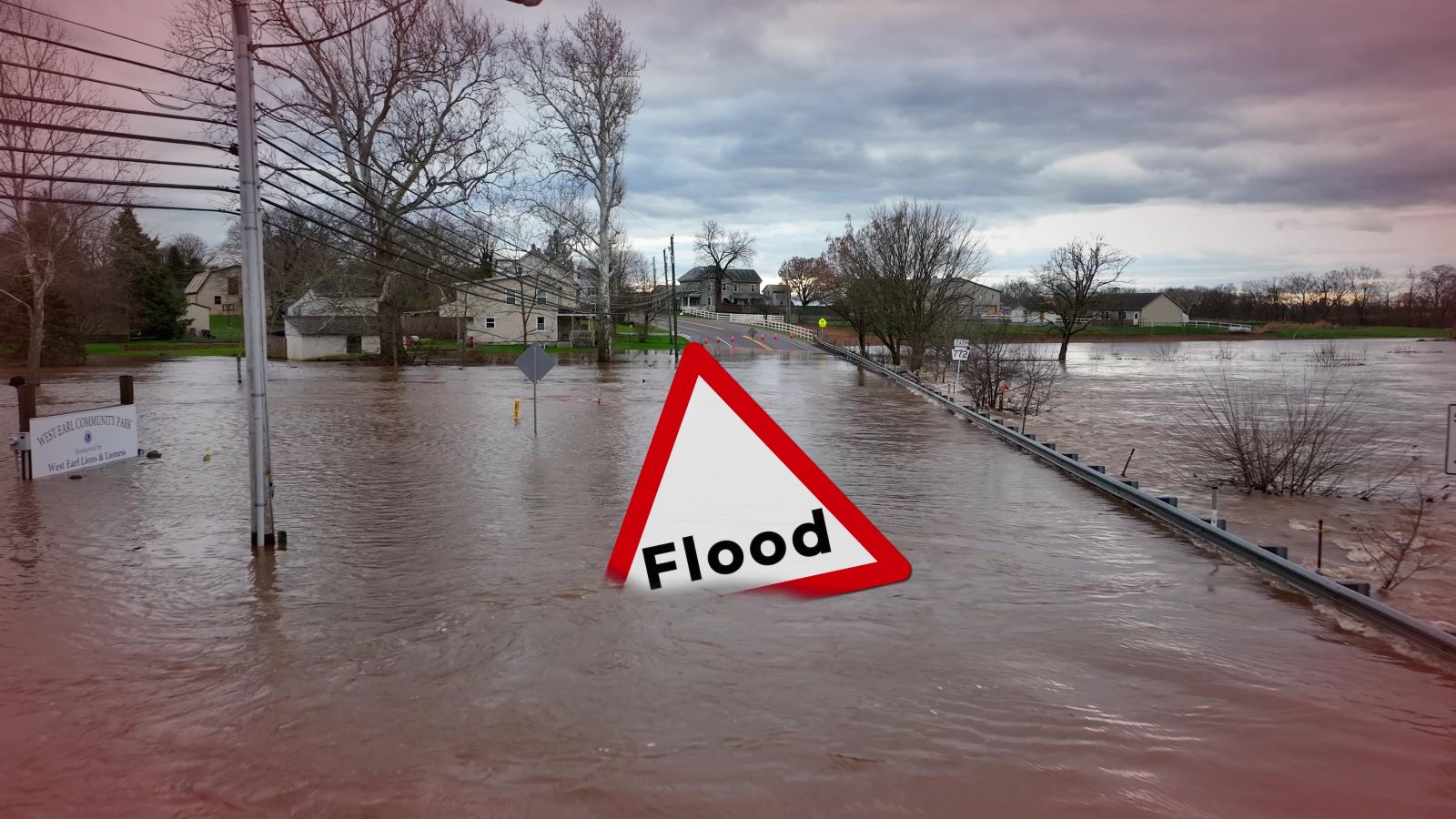
Image Credit: Shutterstock / Crovik Media
Communities in high-risk areas are facing displacement due to rising sea levels, flooding, and extreme weather. Areas like the Gulf Coast and parts of the Midwest are seeing populations move away from vulnerable regions, leading to economic and social disruptions.
16. Agricultural Pests and Diseases: Growing Threats
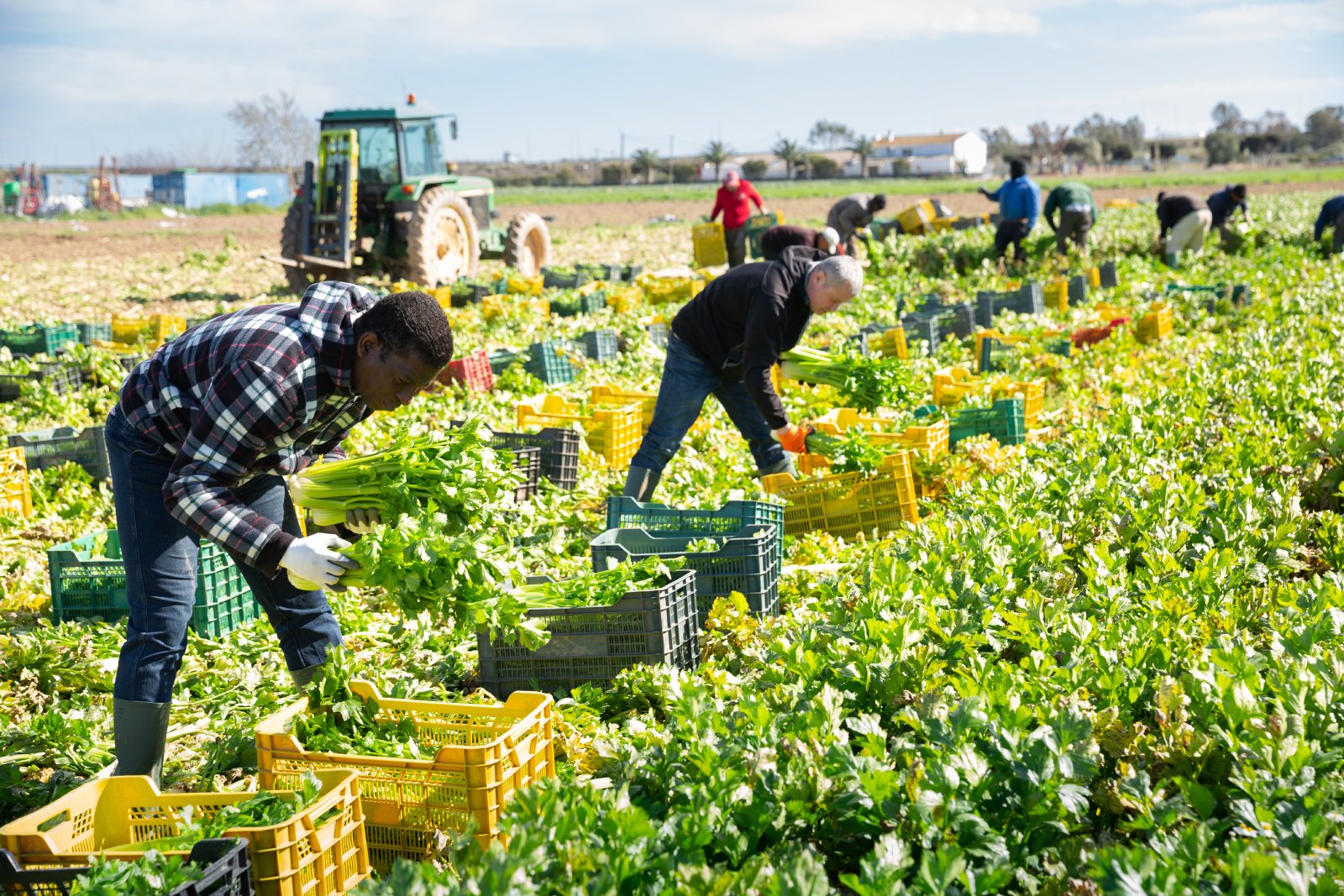
Image Credit: Shutterstock / BearFotos
Changing climate conditions are allowing agricultural pests and diseases to spread more widely. Crops are increasingly vulnerable to new pests and diseases, affecting food security and farmer livelihoods. The growing threat of these pests is challenging agricultural management and resilience.
17. Health Impacts: Increased Disease and Illness

Image Credit: Shutterstock / H_Ko
Extreme weather and changing climates are contributing to increased health risks, including heat-related illnesses and respiratory issues. The rise in vector-borne diseases, such as Lyme disease and West Nile virus, is also linked to shifting weather patterns. Public health systems are struggling to keep up with the growing burden.
18. Energy Strain: Higher Demand and Vulnerability
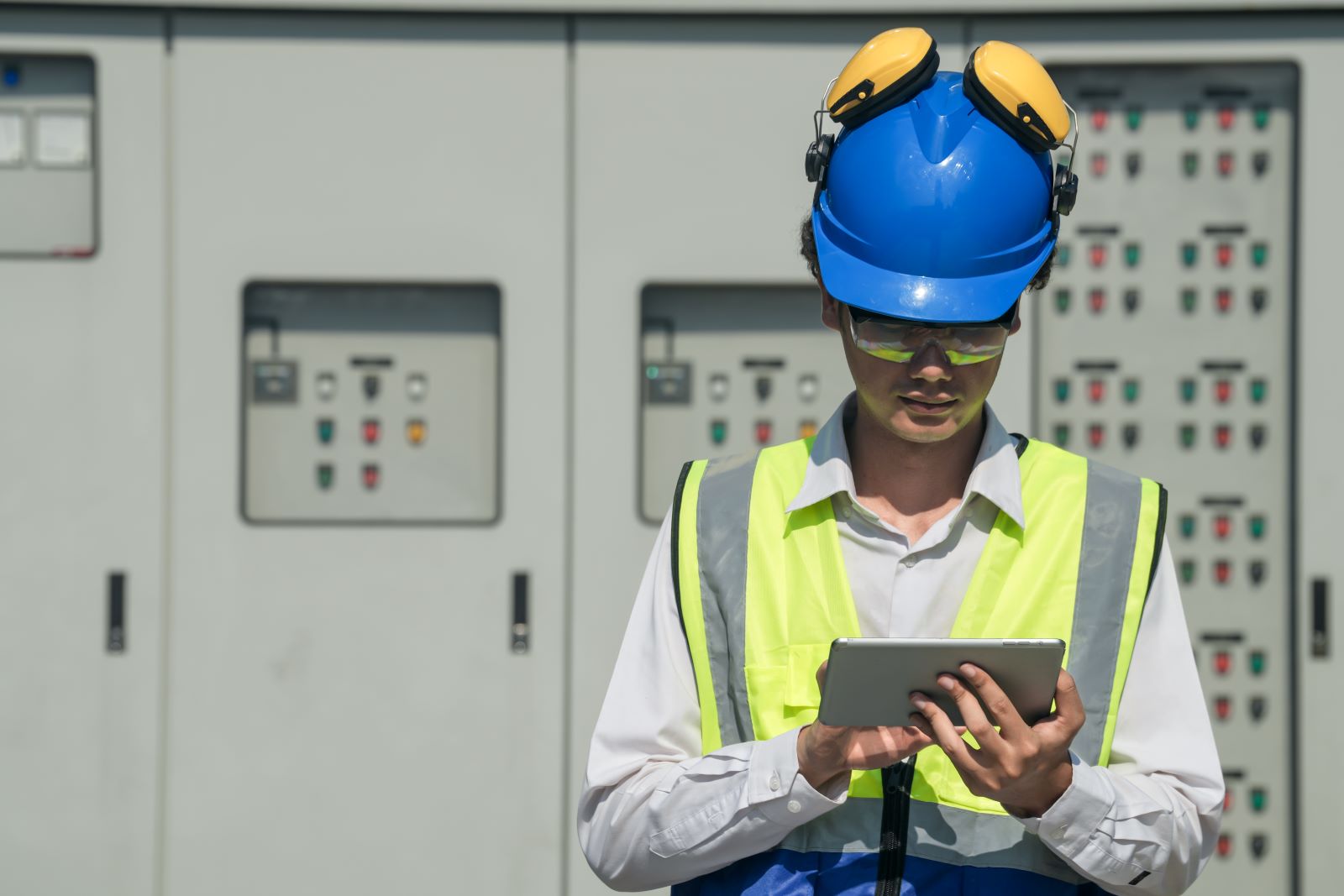
Image Credit: Shutterstock / ultramansk
Extreme weather is putting additional strain on energy systems, with higher demands for cooling during heatwaves and power outages during storms. The increased strain on energy infrastructure is leading to higher costs and potential vulnerabilities in energy supply. Preparing for and managing these strains is becoming increasingly challenging.
19. Environmental Refugees: Rising Numbers

Image Credit: Shutterstock / Aaron Wells
As climate change impacts become more severe, the number of environmental refugees—people displaced by climate-related factors—is rising. Coastal and drought-stricken areas are producing increasing numbers of people who must relocate, creating new humanitarian challenges.
20. Decreased Agricultural Productivity: Economic Consequences

Image Credit: Shutterstock / JuneJ
Decreased agricultural productivity due to extreme weather is having serious economic consequences, including higher food prices and reduced income for farmers. Extreme weather events and shifting growing seasons are affecting crop yields and farming viability across the US. This economic strain is impacting both rural communities and the national food supply.
21. Political and Policy Challenges: Inaction and Debate

Image Credit: Shutterstock / fizkes
The political landscape is increasingly divided on climate change policy, leading to inconsistent and insufficient action. Debates over climate policies and funding for adaptation measures are hindering effective responses to the growing climate crisis. This political gridlock is delaying critical action and exacerbating the impacts of climate change.
Weathering the Storm
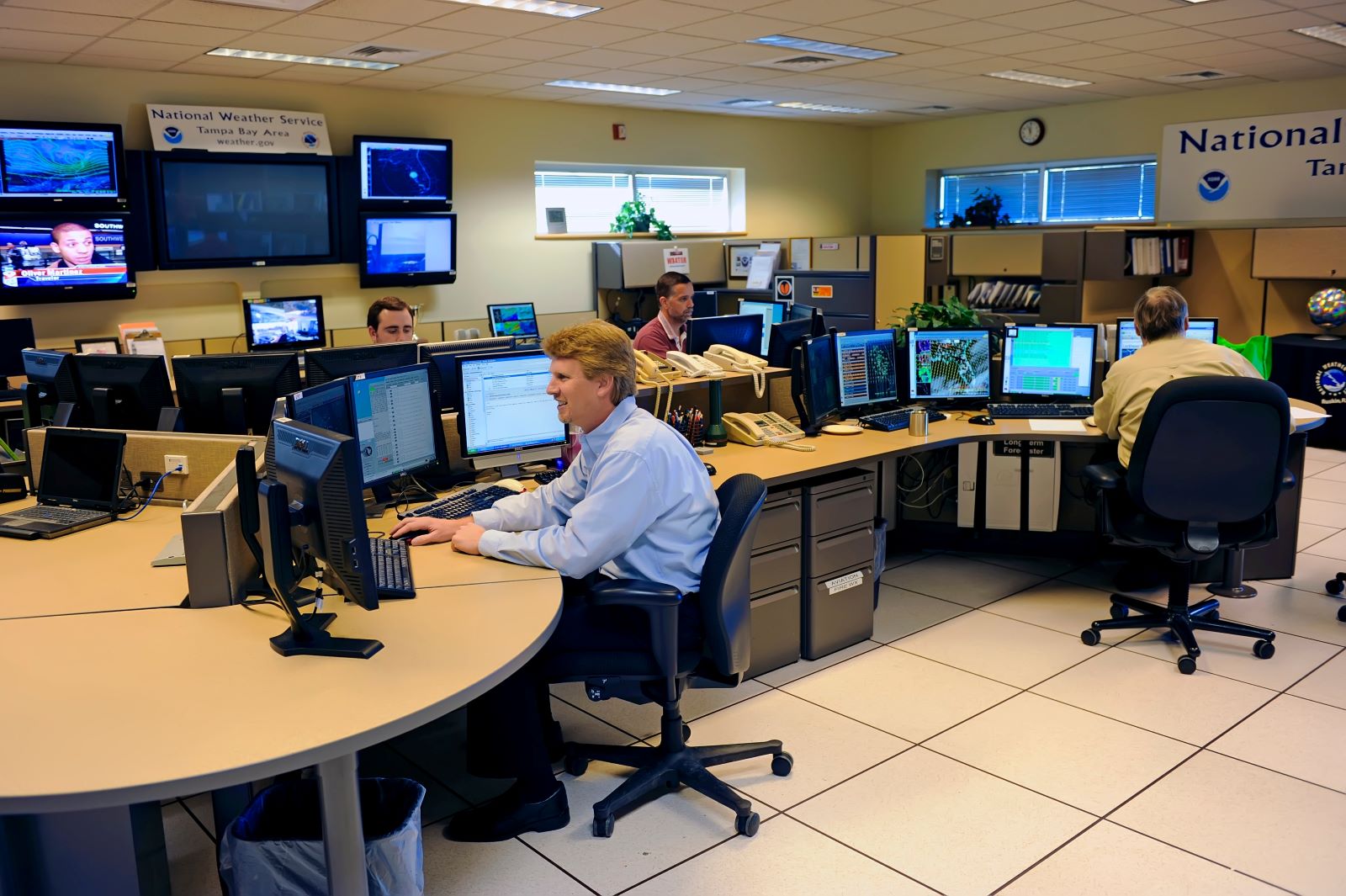
Image Credit: Shutterstock / Dennis MacDonald
The US is facing a range of severe climate change impacts that go beyond the obvious. How will we tackle these challenges and protect our communities? Staying informed and proactive is crucial as we navigate this turbulent climate future.
Oil Dumping Scandal Rocks Ships Heading to New Orleans

Image Credit: Shutterstock / Aerial-motion
Two shipping companies have been fined after knowingly hiding a large oil spill in the Atlantic Ocean. Oil Dumping Scandal Rocks Ships Heading to New Orleans
20 Eye-Opening Realities Facing Retiring Baby Boomers

Image Credit: Shutterstock / Jack Frog
As Baby Boomers approach retirement, the promise of leisure and security often seems unattainable. This generation faces unique challenges that could redefine retirement. Here’s a stark look at the realities shaping their outlook. 20 Eye-Opening Realities Facing Retiring Baby Boomers
Retail Apocalypse: Massive Closures Sweep Across U.S. Brands

Image Credit: Shutterstock / Tada Images
Stores across the U.S. are closing at unprecedented levels, according to new research from advisory firm Coresight Research. Read on for more information about the impact this could have on you and your communities. Retail Apocalypse: Massive Closures Sweep Across U.S. Brands
Featured Image Credit: Shutterstock / Vikks.
For transparency, this content was partly developed with AI assistance and carefully curated by an experienced editor to be informative and ensure accuracy.

